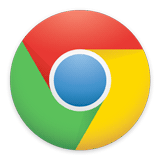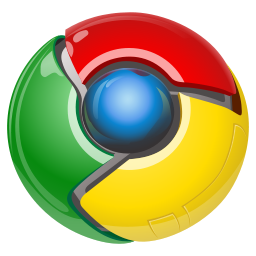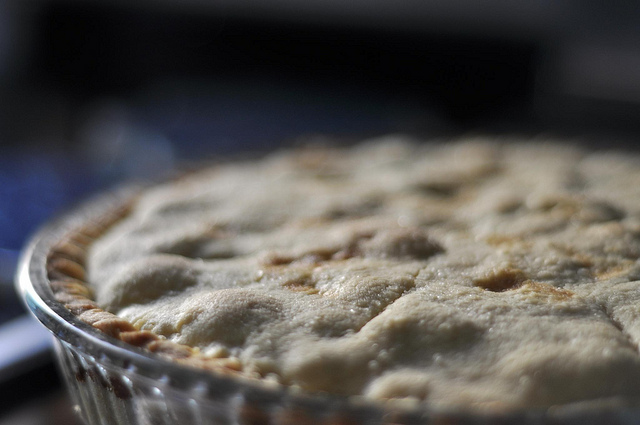Yesterday, Microsoft made available the first public beta of Windows 8. The developer preview can be downloaded on the Microsoft website, and has received plenty of media coverage and has been the subject of much scrutiny and review. However, in our testing of Windows 8 for compatibility with NeoSmart software and products, we came across a rather, shall we say, interesting approach that Internet Explorer 10 now takes to its crashes. With Windows 8, as with previous versions, when an application hangs or crashes, an error reporting dialog is displayed prompting the user to select an action to take with the crashed program.
What’s different with Windows 8 and Internet Explorer 10 is that Microsoft chooses to deflect the blame from itself, and pin it instead on the unfortunate owners of the website that the user had last visited. In the following screenshot, Internet Explorer 10 has crashed after being unable to handle some of the web scripting on our website. Except instead of the error dialog you would expect (something to the effect of “Internet Explorer has stopped responding,” an error caption which we are all familiar with and of which the web is full), the error dialog instead reads:
neosmart.net is not responding.

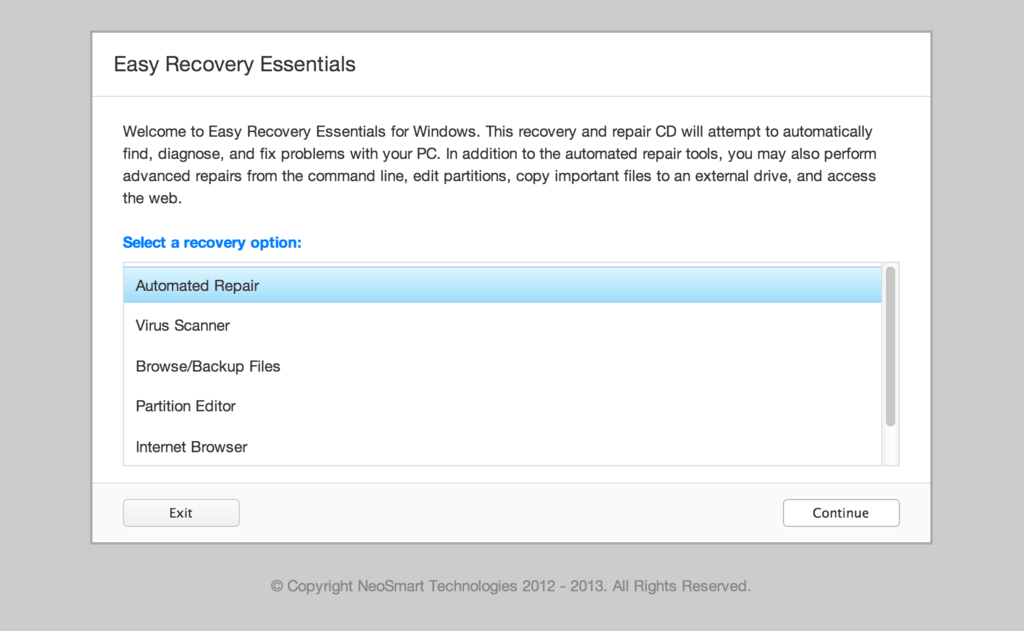
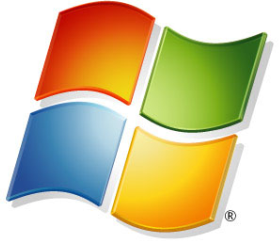 Over the years, we’ve added more recovery CDs to the collection, ending up with a complete portfolio of repair CDs for Windows Vista and Windows 7 in both 32- and 64-bit flavors. We’ve had the good fortune of being able to host these CDs on our site in one form or the other for free download to millions of users around the globe.
Over the years, we’ve added more recovery CDs to the collection, ending up with a complete portfolio of repair CDs for Windows Vista and Windows 7 in both 32- and 64-bit flavors. We’ve had the good fortune of being able to host these CDs on our site in one form or the other for free download to millions of users around the globe.
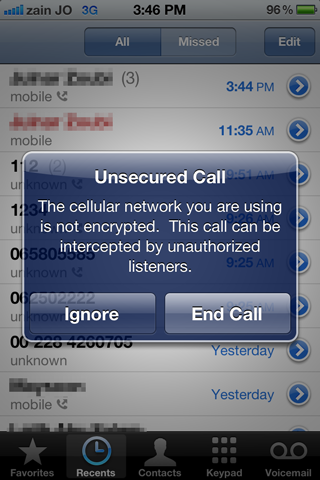
 From the day I built my PC a few years ago until just last week, it’s been impossible for me to play a game (pretty much *any* full-screen DirectX/OpenGL game) without the ATi drivers crashing. (For reference, stock ATi HD3870 on an ASUS RoG Maximus Formula II motherboard). I’ve tracked down each and every possible lead, and solved a number of crash-inducing issues in the process, but haven’t been able to completely prevent the display driver crashes from the days Vista or now on Windows 7.
From the day I built my PC a few years ago until just last week, it’s been impossible for me to play a game (pretty much *any* full-screen DirectX/OpenGL game) without the ATi drivers crashing. (For reference, stock ATi HD3870 on an ASUS RoG Maximus Formula II motherboard). I’ve tracked down each and every possible lead, and solved a number of crash-inducing issues in the process, but haven’t been able to completely prevent the display driver crashes from the days Vista or now on Windows 7.

